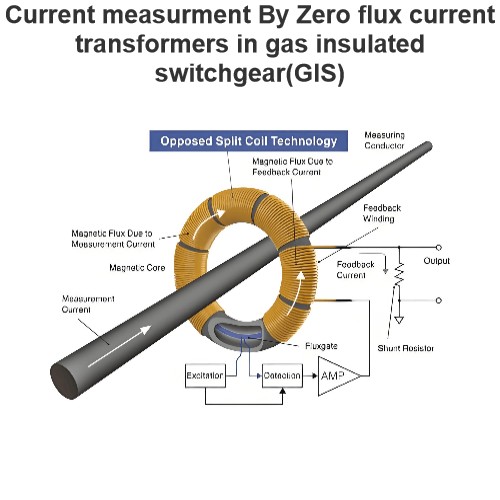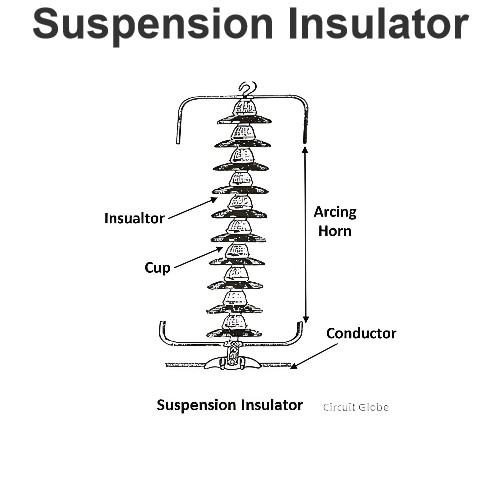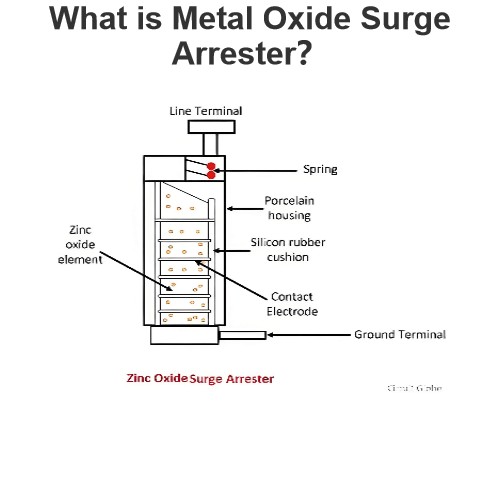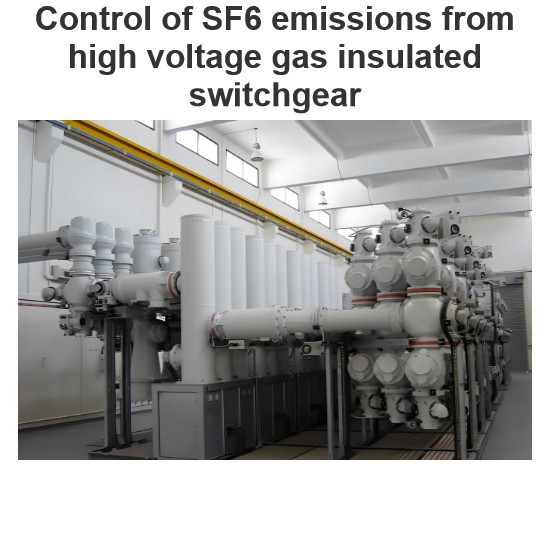What is Valve Type Lightning Arrester?
Edwiin
03/31/2025 00:00:00
What is Valve Type Lightning Arrester?
Definition
A lightning arrester that consists of single or multiple gaps connected in series with a current - controlling element is known as a lightning arrester. The gap between the electrodes blocks the flow of current through the arrester, except when the voltage across the gap exceeds the critical gap flashover voltage. The valve - type arrester is also referred to as a gap surge diverter or a silicon carbide surge diverter with a series gap.
Construction of Valve - Type Lightning Arrester
The valve - type arrester is composed of a multiple - spark - gap assembly connected in series with a resistor made of a non - linear element. Each spark gap has two components. To address the non - uniform distribution between the gaps, non - linear resistors are connected in parallel across each gap.
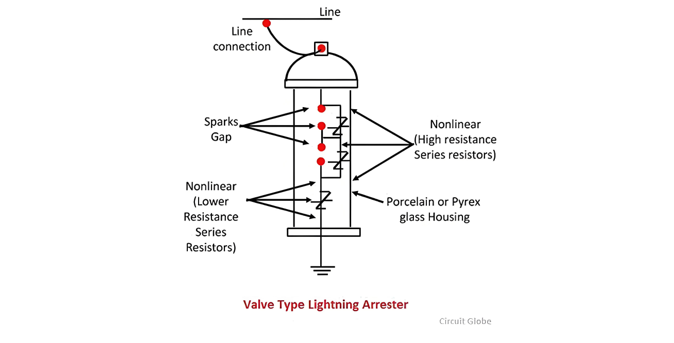
The resistor elements are fabricated from silicon carbide with inorganic binders. The entire assembly is encased within a sealed porcelain housing filled with nitrogen gas or SF6 gas.
Working of Valve - Type Lightning Arrester
Under low - voltage conditions, due to the influence of the parallel resistor, no spark - over occurs across the gaps. Slow changes in the applied voltage do not pose harm to the system. However, when rapid voltage changes take place across the terminals of the arrester, the air - gap spark of the current is discharged to the ground through the non - linear resistor, which exhibits extremely low resistance.

After the passage of the surge, the voltage impressed across the arrester drops, and the arrester's resistance increases until the normal voltage is restored. When the surge diverter action ceases, a small low - power - frequency current flows in the path created by the flash - over. This current is referred to as the power follow current.
The magnitude of the power follow current diminishes to a value that can be interrupted by the spark gap as it recovers its dielectric strength. The power follow current is extinguished at the first current zero - crossing, and the power supply remains uninterrupted. Subsequently, the arrester is ready to resume normal operation. This process is called the resealing of the lightning arrester.
Stage of Valve - Type Lightning Arrester
When the surge reaches the transformer, it encounters the lightning arrester, as depicted in the figure below. In approximately 0.25 μs, the voltage reaches the breakdown value of the series gap, and the arrester starts to discharge.

As the surge voltage rises, the resistance of the non - linear element decreases. This enables the further discharge of surge energy, thereby limiting the voltage transmitted to the terminal equipment, as shown in the figure below.


When the voltage decreases, the current passing to the ground also diminishes, while the resistance of the lightning arrester increases. The lightning arrester reaches a stage where the current flow is interrupted by the spark gap, and the arrester seals once again.

The maximum voltage that develops across the arrester terminal and is transmitted to the terminal equipment is defined as the discharge value of the arrester.
Types of Valve - Type Lightning Arrester
Valve - type lightning arresters can be classified into station types, line types, arresters for the protection of rotating machines (distribution type), or secondary type.
- Station - Type Valve Lightning Arrester:This type of valve arrester is primarily used for safeguarding critical power equipment in circuits ranging from 2.2 kV to 400 kV and higher. It features a high energy - dissipation capacity.
- Line - Type Lightning Arrester:Line - type arresters are applied to protect substation equipment. They have a smaller cross - sectional area, are lighter in weight, and are more cost - effective. In comparison to station - type arresters, they allow a higher surge voltage across their terminals and have a lower surge - carrying capacity.
- Distribution Arrester:This kind of arrester is typically mounted on poles and is utilized for protecting generators and motors.
- Secondary Arrester:A secondary arrester is designed to protect low - voltage apparatus. The arrester for protecting rotating machines is engineered specifically for the protection of generators and motors.
Topics

